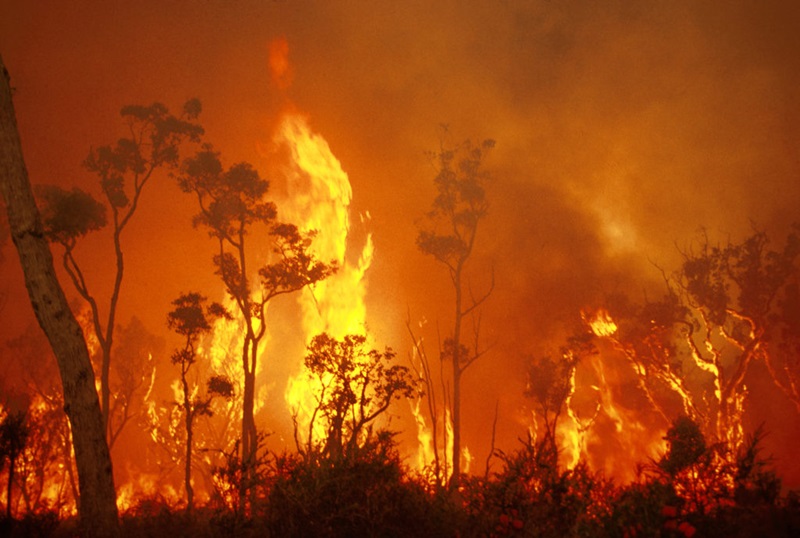Ensuring Bush Fire Defense With Appropriate BAL Report Analysis
In the world of bush fire protection, the meticulous evaluation of Bushfire Assault Level (BAL) records stands as a cornerstone for securing residential properties against the devastating influence of wildfires. With environmental elements and residential or commercial property qualities playing significant roles in determining the degree of danger, a detailed understanding of BAL scores comes to be necessary. The actual essence exists not just in understanding these records yet in deciphering them effectively to develop tailored fire protection techniques. By diving into the value of BAL record analysis, we discover a world where educated choices lead the course in the direction of boosting residential property security and durability in fire-prone areas.
Comprehending Bushfire Strike Level (BAL)
In the world of bushfire protection, comprehending the Bushfire Strike Degree (BAL) is critical for making sure reliable reduction methods. Understanding the BAL score of a residential property is important for property policymakers, home builders, and owners to implement appropriate steps to secure versus bushfire threats.

Significance of BAL Report Analysis
An important facet in bushfire protection preparation involves the detailed evaluation of BAL records to evaluate the possible risks and figure out ideal reduction approaches. BAL reports offer critical info about the possible effect of bushfires on a home based upon numerous factors such as plant life kind, distance to potential fire hazards, and incline of the land. Assessing these reports with precision is critical in developing effective bushfire protection measures tailored to the particular danger profile of a building.
Carrying Out Fire Security Procedures
Applying effective fire security actions is essential for guarding residential properties in bushfire-prone areas. This includes clearing up combustible greenery, such as dry fallen leaves and branches, within a certain span of the residential or commercial property.
In addition, having a ample and properly maintained water supply, such as a storage tank or swimming pool, can help firemens in my response their efforts to safeguard the residential property. BAL Report. Generally, executing a combination of these fire protection measures can significantly increase the opportunities of securing homes during bushfire events.
Mitigating Threats in Fire-Prone Locations
To fortify buildings against bushfire risks, a calculated emphasis on mitigating threats in fire-prone locations is important. One vital facet of risk mitigation is preserving defensible room around properties by clearing flammable plants, making certain adequate spacing between structures and trees, and employing fireproof landscape design techniques.
Additionally, building or retrofitting structures with fire-resistant materials and ensuring proper maintenance of roofs, gutters, and external cladding can considerably improve the property's durability to bushfires. Establishing and exercising a bushfire emergency strategy with all residents, consisting of discharge treatments and interaction methods, is likewise vital in mitigating threats successfully. By adopting a proactive technique to run the risk of reduction in fire-prone locations, homeowner can much better safeguard their properties and improve overall bushfire readiness.
Ensuring Residential Or Commercial Property Safety And Security and Durability
Ensuring the safety and security and durability of residential or commercial properties in fire-prone locations needs an unwavering commitment to durable safety nets and critical planning. Residential or commercial property safety and security begins with carrying out effective actions to decrease fire threats. This includes keeping a defensible space around the building by clearing flammable plant life, guaranteeing correct upkeep of gutters and roofing systems, and making use of fire-resistant building products. Regular maintenance of firefighting tools, such as hose pipes and lawn sprinkler systems, is likewise crucial to residential property resilience.
Strength, on the various other hand, includes the ability of a residential property to stand up to and recuperate from a bushfire. By proactively addressing these facets, property proprietors can site link much better shield their possessions and liked ones from the risk of bushfires.
Conclusion
To conclude, making sure bushfire protection via appropriate BAL report analysis is important for recognizing the level of risk posed by bushfires and applying needed fire security measures. By mitigating threats in fire-prone locations and guaranteeing home safety and security and strength, areas and individuals can better prepare for and react to bushfire occasions. It is necessary to prioritize fire precaution to secure lives and residential property in these high-risk atmospheres.
In the world of bush fire defense, the precise evaluation of Bushfire Strike Level (BAL) records stands as a keystone for safeguarding buildings against the terrible effect of wildfires (BAL Report). Comprehending the BAL score of a building is crucial for home builders, proprietors, and policymakers to apply ideal actions to safeguard versus bushfire hazards
/cdn.vox-cdn.com/uploads/chorus_image/image/66063681/GettyImages_1197451354.0.jpg)
BAL reports provide vital details regarding the possible effect of bushfires on a building based on pop over here different factors such as plants type, distance to possible fire dangers, and incline of the land (BAL Report). Generally, executing a mix of these fire protection procedures can considerably raise the possibilities of protecting properties throughout bushfire events